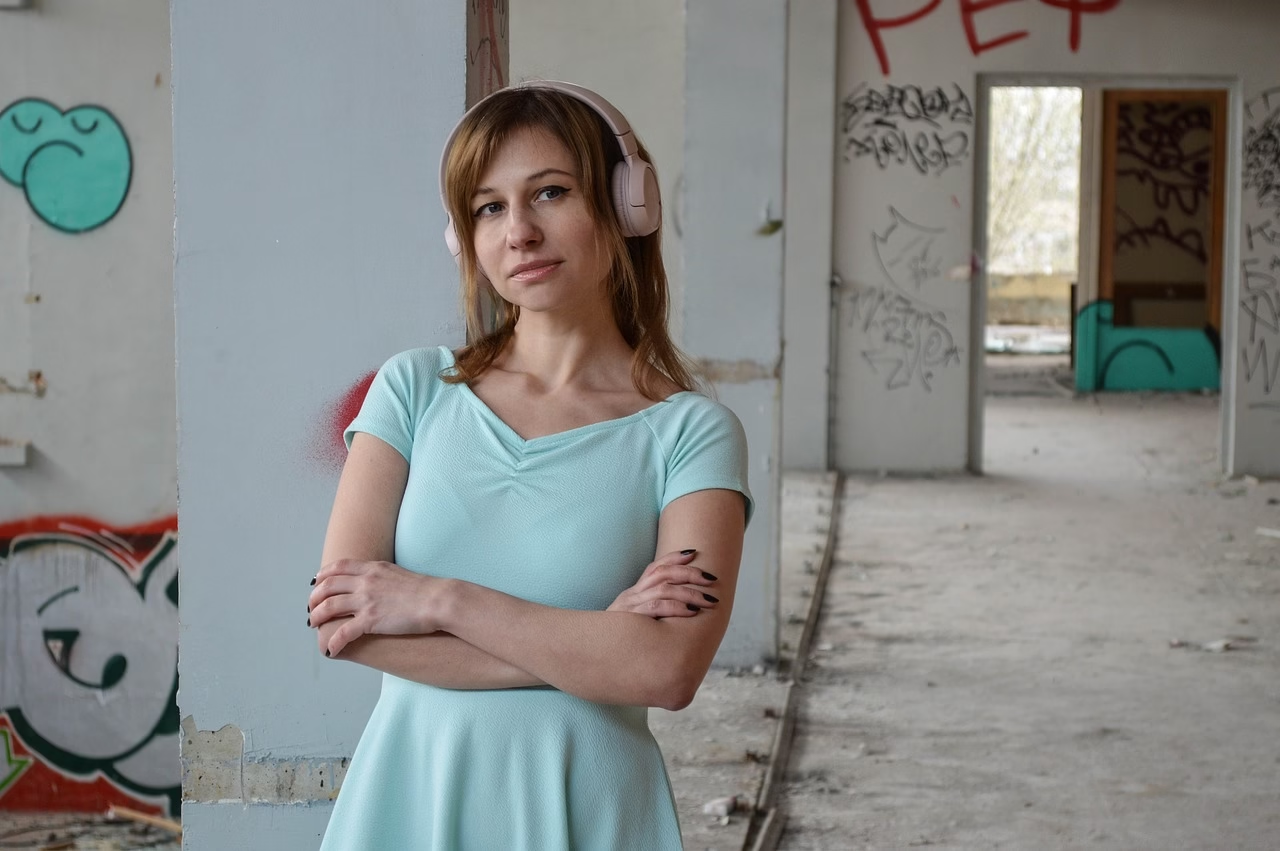When the U.S. Food and Drug Administration revealed Elsa (Evidence-based Learning System Assistant) last month, most headlines focused on the dramatic speed-ups Elsa brings to drug-review cycles. Yet beneath that splashy statistic is an equally consequential story for anyone who buys groceries: the same language-model engine now underpins a real-time early-warning system for food safety. By sifting through mountains of inspection notes, supply-chain manifests, and consumer-complaint data, Elsa surfaces subtle risk signals that human eyes alone would struggle to catch in time. Reuters
Why Food Safety Needs a Proactive AI
Every year, an estimated 48 million Americans suffer a food-borne illness. Traditional inspection schedules—while rigorous—remain fundamentally reactive, aimed at finding problems once a facility is already on the radar. Elsa flips that script. By continuously cross-referencing shipment temperatures, historical recall patterns, pathogen test results, and even social-media chatter, the assistant ranks facilities and shipments by predicted hazard level. Investigators can then prioritize site visits before contaminated products leave a loading dock.
Consider leafy-greens supply chains. Temperature excursions of just a few degrees in transit can dramatically accelerate E. coli growth, yet the sensor data often sits in separate logs from shipping paperwork. Elsa’s ability to merge those text blocks and flag anomalies allows inspectors to intervene in hours, not days. That compression of time isn’t merely convenient—it’s the difference between a narrowly averted outbreak and nationwide recalls.
Inside Elsa’s Toolkit
Elsa resides in AWS GovCloud, a secure enclave that prevents proprietary industry submissions from being fed back into open models. Reuters Built on Anthropic’s Claude architecture, according to internal briefings surfaced after launch, the system excels at:
- Data Fusion. Linking unstructured documents—facility audit PDFs, lab results, emails—with structured datasets such as FDA’s Operational and Administrative System for Import Support (OASIS).
- Risk Scoring. Generating probabilistic assessments (“high,” “moderate,” “low”) for each lot or facility, complete with provenance trails that show which evidence drove the score.
- Regulatory Drafting. Pre-populating 483 observation letters and import-refusal notices in plain language, cutting clerical work while preserving human sign-off.
During pilot testing, reviewers reported that a multi-day compliance-history review could be distilled into a six-minute Elsa summary. Forbes That same acceleration, when redirected toward food-safety surveillance, means inspectors spend less time wading through paperwork and more time examining production lines.
Real-World Impact: From Lettuce to Lunchboxes
1. Smarter Sampling. Laboratory resources are finite. Elsa’s risk rankings let microbiologists focus on batches most likely to harbor pathogens, boosting the hit-rate of samples cultured for Salmonella or Listeria.
2. Import Gatekeeping. Nearly 15% of America’s food supply is imported. Elsa cross-matches shipping manifests with historical violation data, flagging containers that warrant port-of-entry holds. A single red-flagged consignee can trigger intensified screening across all U.S. entry points.
3. Consumer Feedback Loops. Thanks to natural-language parsing, Elsa can scan consumer-complaint hotlines and social posts for early signals (“metallic taste,” “strange odor”) and correlate them to production lots well before formal illness clusters emerge.
Addressing the Elephant in the Data Room
No AI system is infallible, and Elsa’s public debut has already drawn scrutiny over hallucinations and validation rigor. The FDA Group In food safety, a false negative can be catastrophic, while a false positive can unfairly upend a small producer’s business. The FDA’s mitigation plan hinges on three guardrails:
- Human Oversight. Elsa proposes actions; inspectors approve them. All enforcement decisions still rest with credentialed officials.
- Model Version Locks. Updates undergo documented validation against historical outbreak datasets to ensure performance never regresses.
- Explainability Tags. Each risk score is accompanied by citation snippets, allowing auditors (and eventually courts) to see precisely how the model reached its conclusion.
What Food Producers Should Do Now
- Conduct an internal “pre-Elsa audit” to patch obvious data weaknesses.
- Invest in IoT-based tracking that provides clean, machine-readable logs—manual clipboards won’t hold up to algorithmic scrutiny.
- Establish rapid-response teams that can supply supplementary evidence within hours when the FDA queries a flagged lot.
Looking Ahead
The FDA has signaled that Elsa is version 1 of a multi-year AI roadmap. Future sprints hint at real-time video analysis inside processing plants and predictive modelling of climate-driven pathogen shifts. For an agency tasked with guarding a food supply chain that stretches from Arizona romaine fields to Vietnamese catfish farms, an always-on digital sentinel isn’t a luxury—it’s mission-critical infrastructure.
My takeaway is simple: Elsa’s promise lies not in replacing inspectors, but in empowering them to be at the right place at precisely the right moment. For consumers, that translates to fewer recalls ruining dinner plans. For industry, it rewards transparency and rigorous controls. And for regulators, it marks a pivotal shift from reactive to anticipatory oversight. In the grand calculus of public health, that’s a leap worth celebrating.





